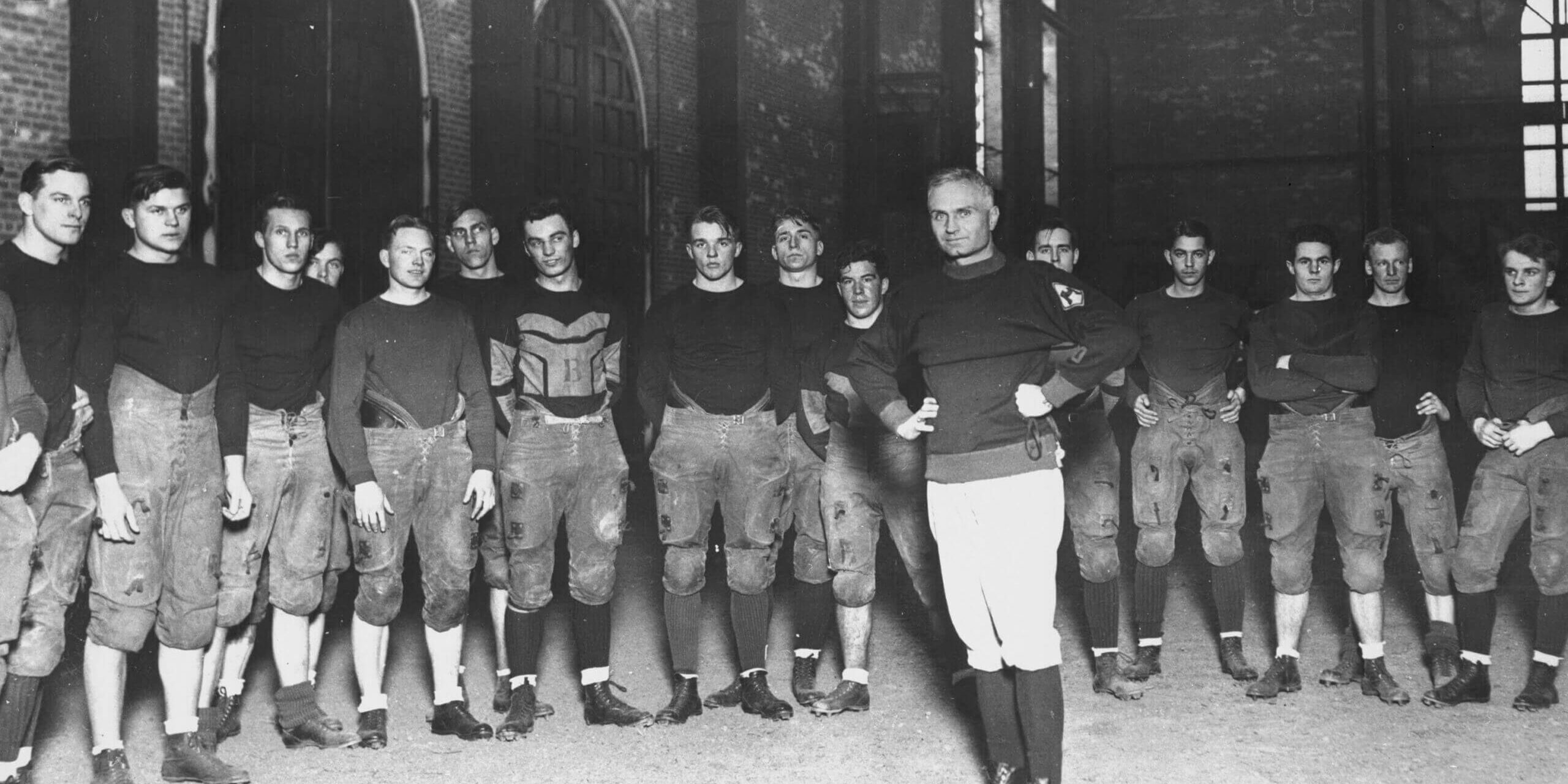Per the link:
What happened to Minnesota?
There are a few theories. The prevailing one is the Gophers, once the only game in town, were swallowed up by pro teams: The Vikings were founded in 1960, the Twins moved in the next year, the
NHL’s North Stars arrived in 1967 and the
NBA’s Timberwolves in 1989. (The North Stars left in the ’90s but were soon replaced by the Wild.)
“There’s too many competitive sports up here now,” said Piche, the 92-year-old Gophers fan. “And it’s really cut into the fan base of the Gophers. That’s really why they didn’t have a bigger following. I mean, I think they’ve got a big following in the state. But you can watch all this stuff on TV now, and there’s so many other sports you can go to.”
Minnesota also struggled to find the coach who could build and then sustain. Lou Holtz was a home-run hire in the mid-’80s, but he stayed only two years before going to Notre Dame, the only job Holtz said would make him leave. Glen Mason had some strong years in the mid-2000s but was fired after going 6-7 in his 10th year.
(Mason, for a couple days in 1995, was going to be Georgia’s coach, before backing out and returning to Kansas. One of the Georgia players who Mason didn’t end up coaching was a then-sophomore safety named Kirby Smart.)
Minnesota is now coached by P.J. Fleck, entering his seventh season. Fleck’s teams have been good: 11-2 in 2019, 9-4 each of the past two seasons. Fleck has talked about re-connecting Minnesota with its championship tradition, talking to recruits about Minnesota being a “sleeping giant,” and when he arrived he did some research on the ’30s teams.
“They could score a lot of points, played incredible defense,” Fleck said. “You see the seven national titles, 18 Big Ten national championships. And you’re brought into that to bring that type of tradition back, and connect that tradition from the ’30s, ’40s, ’50s and ’60s and connect it to the 2020s. That’s a massive job. A lot of respect for our program and our tradition of what we’ve done. But it’s put upon me, with the culture we’ve run, to connect that to the tradition of old.”
That can be tough, though, when there aren’t constant reminders of it. The team moved to the Metrodome when it opened in 1982, sharing it with the Vikings and Twins rather than doing extensive renovations to Memorial Stadium, which was demolished. That may have made financial sense, but it disconnected the Gophers from their tradition and took them away from campus. The school essentially admitted the mistake when it built its own stadium and moved back to campus in 2009 rather than follow the Vikings to their new stadium.
Still, when fans are at Huntington Bank Stadium, they’re not at the same stadium that saw all those championship teams. Fleck isn’t walking the same sideline as Bierman, and Fleck and the coaches can’t tell recruits they’re playing on the same field as all those greats from the past.
The years of the national titles are posted inside the stadium, and there are banners in the team’s facility. Otherwise, there are scant reminders. Maybe it’s the midwestern reserve, not wanting to brag. Maybe it’s just not dwelling on the past. Which may be why the silver, three-foot tall trophy has gone largely unnoticed.
Go Gophers!!


 Alabama
Alabama USC
USC Nebraska
Nebraska Oklahoma
Oklahoma Texas
Texas Michigan State
Michigan State Notre Dame
Notre Dame Army
Army Minnesota
Minnesota